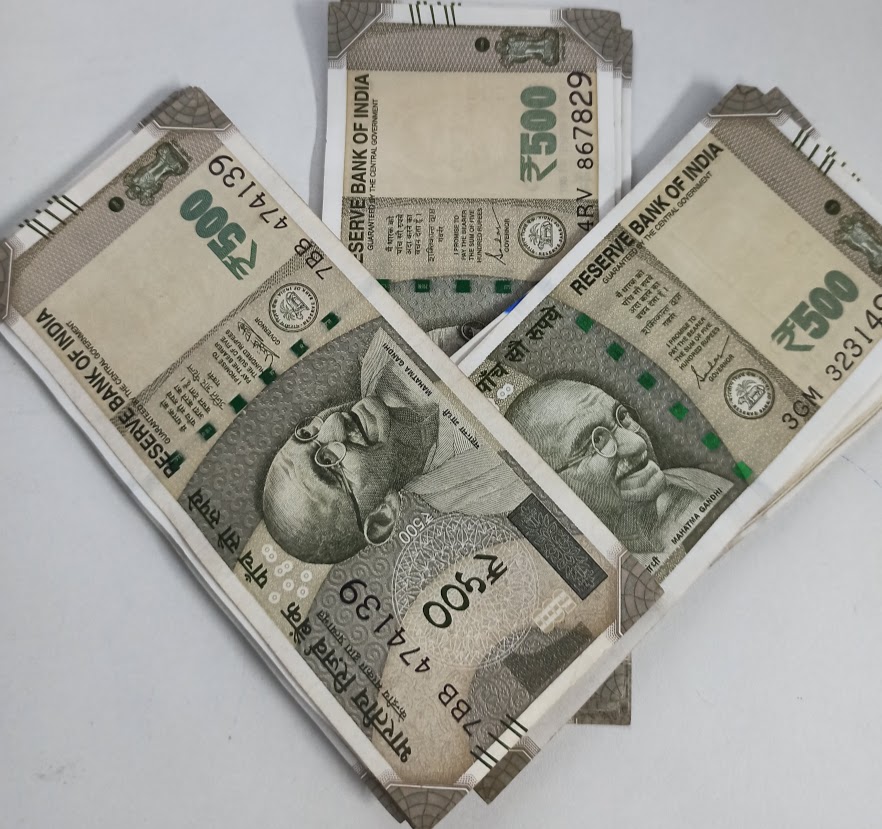BANKS
Banks rely on CDs as loan growth surges
The outstanding CDs stand at Rs 2.41 lakh crore as of 21 October compared to just Rs 0.57 lakh crore a year ago.
The outstanding CDs stand at Rs 2.41 lakh crore as of 21 October compared to just Rs 0.57 lakh crore a year ago.

With credit growth far outstripping deposit accretion, banks are raising funds through certificates of deposit (CDs) from the market to meet the rising demand for loans.
Banks have raised Rs 42,536 crore through CDs for the fortnight ended 21 October, according to the latest data released by the Reserve Bank of India (RBI) on 4 November. This was much higher than the Rs 11,412 crore banks raised in the preceding fortnight.
The outstanding CDs stand at Rs 2.41 lakh crore as of 21 October compared to just Rs 0.57 lakh crore a year ago.
Credit growth in the banking system is at a multi-year high of 17.9% while in the year-ago period it was crawling at 6.5%. Deposits, on the other hand, rose by 9.6% as against 10.2 % year-on-year, according to RBI data.
Banks are bridging the funding gap to support loan growth by raising CDs and bulk deposits.
“Banks have begun to raise interest rates on deposits to garner more retail deposits. With the savings rate low and inflation on the higher side, small savers are finding better returns from SIPs (systematic investment plan) offered by mutual funds to shield them from inflation. Banks will have to further raise deposit rates to keep up with the credit demand. Some banks have even sold off their excess SLR (statutory liquidity ratio), taken a hit and used the money for credit in the fiscal second quarter,” HDFC Bank head of overseas treasury Bhaskar Panda told Indianbankingnews.com.
With the RBI launching a series of rate hikes to contain inflation, the yields in the bond market have increased by 255 basis points since April, with the ten-year benchmark bond at 7.5%. Companies who were earlier in the cheaper bond market, have migrated back to bank credit and reduced their reliance on bonds. The commercial paper or bonds have reduced to just Rs 0.78 lakh crore after touching a high of Rs 2.9 lakh crore during November 2021, RBI data showed.
"A back-of-the-envelope estimate suggests that the core funding cost of the banking system is currently at around 6.2% while the reverse repo rate is at 5.65%,” said SBI Group chief economic advisor Soumya Kanti Ghosh in a report.
Banks are engaged in a fierce war to raise deposits, with rates being offered up to 7.75% in select circumstances. Additionally, banks are currently mobilising CD at rates as high as 7.97%, for a 360 days maturity paper, he added.
Further, few banks have raised CDs at 7.15% for a 92 days maturity paper. A significant part of the funding gap is thus being made up through the mobilisation of CDs. The 91-day treasury bill is at around 6.44% and 364-day bill is at around 6.97%.
Banks will have to reprice their deposits and also their credit. “As the loan growth is far higher than the deposit growth, banks need to bridge this gap. Since the bond market rates have moved up, companies are coming back to banks for loans. Prices need to move up for credit as well as for deposits,” said Ajay Manglunia, managing director and head of the investment grade group at JM Financial.
With the retail investors tasting handsome returns from the equity markets, there is a large number of savers who have shifted out of the traditional bank deposits. SIP flows rose to an all-time high of Rs 13,041 crore in October, compared with the previous month's Rs 12,976 crore.
With this, total inflow through the SIP route has reached over Rs 87,000 crore in the first seven months of the current fiscal, data with Association of Mutual Funds in India (AMFI) showed. This came following an inflow of over Rs 1.24 lakh crore in the 2021-22 financial year.
